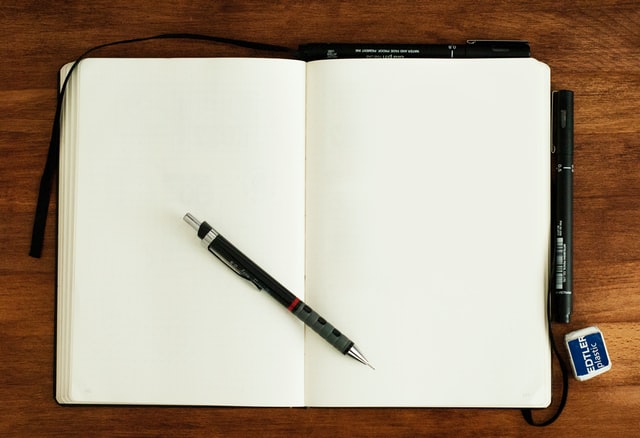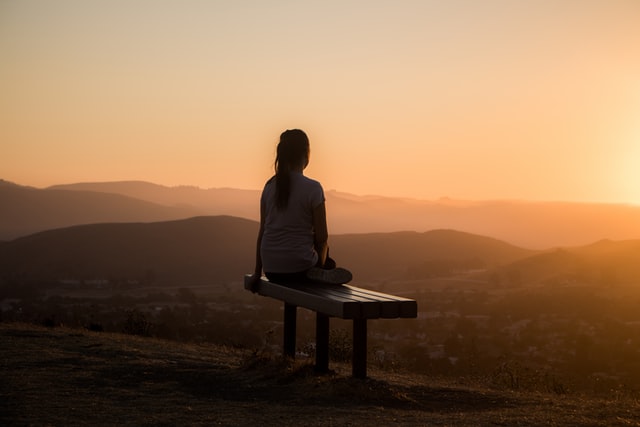We’ve all been through it, we want to have an at-home practice, but we keep on failing. This blog is written because one of my students asked me the century-old question: how to keep a steady yoga practise at home?
There were a couple of issues that she was talking about, so I had a deeper look into it.
There are a couple of principles that you should take into consideration when you are doing your practice at home. Don’t worry these principles and tips are going to be really easy. So let’s take a quick look and see if we can take care of your yoga routine.
Watch out, there will also be some of the philosophy/guidelines of yoga included! But not to worry, I hope I’ll be explaining it in an understandable matter.
#1 Tapas in your yoga practice
Alright, I’m not going to talk here about the delicious Spanish little dishes called tapas. I hope you understand that this won’t be the case. In this context, we will be talking about Tapas of the yogic philosophy. This comes out of the Yoga Sutras from Patanjali, and they are part of the Niyamas. Or basically one of the “commandments” within yoga.
I’m saying commandments now, but it’s not like this. They’re not saying that you are sinning or whatsoever. It’s more of a guideline and you do with them whatever you want! Of course, if you want to develop in your yoga practise it’s good to read these as well.

But, I’m not here to preach on you, but I’m here to tell you more about Tapas.
Enough said about this now. I realize I haven’t even told you the meaning of the word! So, with Tapas we are talking about discipline. And I’m not talking about the discipline of yoga. Although this also is a part of it.
With discipline, we’d like to say that you are doing something with an enthusiasm. And that you are able to do on a steady basis. It’s like those gymgoers that holy go to the gym every single day.
Of course, I’m not saying at the moment that you should do a daily practice. It’s more about doing something that serves you and is good for you. With the emphasis on serving you. Going to the gym is great for your body, but if you do it every single day for three hours, it might be too much.
This is why discipline is good to have, but you also have to make sure that your inner fire is contained. Even in this way you can see already where I’m going to. If you have a campfire going on, it’s controlled and contained. But the moment you start playing with it, it might go rogue and it can be very destructive.
The opposite goes as well. A small fire on its own, won’t warm you up. And therefore will also not nourish you.
For your own practice, this would mean that you would have to reflect upon yourself and see what the right discipline is for you. Is it doing yoga once a week for two hours or every day for ten minutes?
I can’t speak for you and this is truly your own balance that you have to discover for yourself.
#2 Make a Plan
With ‘make a plan’, I’m not talking about putting it in your calendar. That’s basically what I was trying to say with discipline. Make yourself a schedule, basically.
Now that we’ve got that, I’m actually talking about making a plan on what to do during your yoga practice. there are a couple of tools you can use to help with making you a yoga plan.
Even if you are in the idea that you are spontaneous and you don’t need a schedule. Because I’m telling you now: you do!
Why is it so important you say? Well, when you are planning the asanas you wanna do, you will give yourself something to fall back on. And this is especially important when you are stuck in your spontaneity. Nothing is worse than being in a position and then wonder: what to do next?
This can obstruct your flow. Not just obstruct, but it can ruin your entire yoga practice. You know, you are flowing from one asana to another, and then, nothing. It can be quite frustrating too. And the more you block, to more frustrated you’ll be!
In the next chapter, we will be talking about creating your sequence. If you don’t know how to build your own, you’ll get some tips there!

#3 Building your sequence
Whenever you are doing yoga with your teacher, have you ever wondered: is there anything behind this?
Yes, there is.
Yoga sequences are built in a particular way. You can be very creative with them, so don’t worry if you don’t want to be obstructed in your process of creating your own yoga practice.
Let’s have a look at the different phases of a yoga sequence:
Centering
As you’ve probably noticed in your yoga classes, you start with a little meditation. This doesn’t have to take a long time. It’s more to connect yourself with your breath. This is really important to make sure that you’ve taken a moment to prepare yourself for your yoga practice.

It’s a bit like taking a run and directly talking to someone after. While you are still being out of breath, it might take a while for you to make any sense in your speech. That’s why you say: hang on, give me a moment, please.
And this is what you want to do with yoga too. You want to make sure that you take a moment to leave mentally and physically one moment, before going into the next activity.
You can do this in a couple of ways. As you know, you often start in a seated position. Cross-legged preferably. But you can also go into a standing position, childs pose or even start in savasana.
Just be sure that you are in a position that will not obstruct your breathing. As you are aligning this to start your yoga practice.
If you don’t know how to centre, you can watch this YouTube video I made with a breathing technique. You can use it to begin and then you can shorten it when you get the hang of it.
#2 Warm-up
After centering comes the next step, which is warming up yourself. There are a couple of ways to warm up. You can focus on the sun salutations if you want. Or keep it more relaxed with some cat-cows. Or even static poses like twists might be suitable.
A warm-up is specifically necessary for high-paced yoga styles. But even the more gentle ones could use this tip. As you don’t want to start with a difficult pose just from the start.
That’s it basically, the reason why you need to start slow is to make sure your body can handle the more difficult poses.
#3 Build-up to main pose
This might be something you might not be too aware of. But all yoga sequences are built in such a way that they are resolved around one or two bigger poses. Like an intense backbend like camel, or even going into a headstand.
These poses need some preparation, which is why you’d need to have a little knowledge of the different yoga poses.
It’s not so advisable to work on your hips for an entire practice to then go into an inversion. Which makes your entire build-up quite obsolete.
Have a look at which “more difficult” position you’d like work towards to and build your practice around this asana.

#4 counterpose(s)
After doing a bit of a difficult asana, it might be good to do the opposite. Like, after a backbend go into a forward bend. After an inversion, go into childs pose.
These are quite important to do. So don’t skip on these either. They will prevent injuries and are important for your body to stay aligned properly!
You can often see people that are working at a desk, as they are often more bent forward. This can be resolved actually by doing a couple of counterposes every couple of hours. Just to demonstrate the importance of these.
#5 Savasana
Alright, I might sound a bit strict on this one, so sorry for this. But never, ever, skip on Savasana.
You do the asanas to prepare your body for deep meditation. This can only be done if you really take the time to go into this meditation.
Savasana hasn’t been incorporated for nothing, it actually distinguishes yoga from any other exercise. As you might be aware, a lot of these asanas are also used in different dance styles and often used in gyms too. However, the biggest difference is that we are putting more awareness in these poses and we make sure that we relax our body afterwards.
Of course, if you do want to skip on the savasana, feel free to do this, but be aware as well that you might not want to call it yoga.
Of course, if you’d like to get some guidance, you can book your private class with me. Or if you’d just enjoy some group classes, watch the schedule for group classes.
I hope this informed you pretty good, of course, if you have any more questions, leave them in the comment section down below!



Great information on yoga! I’m not much regular with my yoga routine because I lack the motivation to do so for some reason.
After reading your article, I understood what needs to be done to be consistent and disciplined with yoga.
I never even knew the sequence of poses mattered. Thanks for letting me know that!
By keeping your advises in mind I will start with consistent yoga practice soon.
Wish me good luck!
Hi Jason
Thank you for reading the article and your feedback. And all I can add to this is Good Luck with your yoga practice!